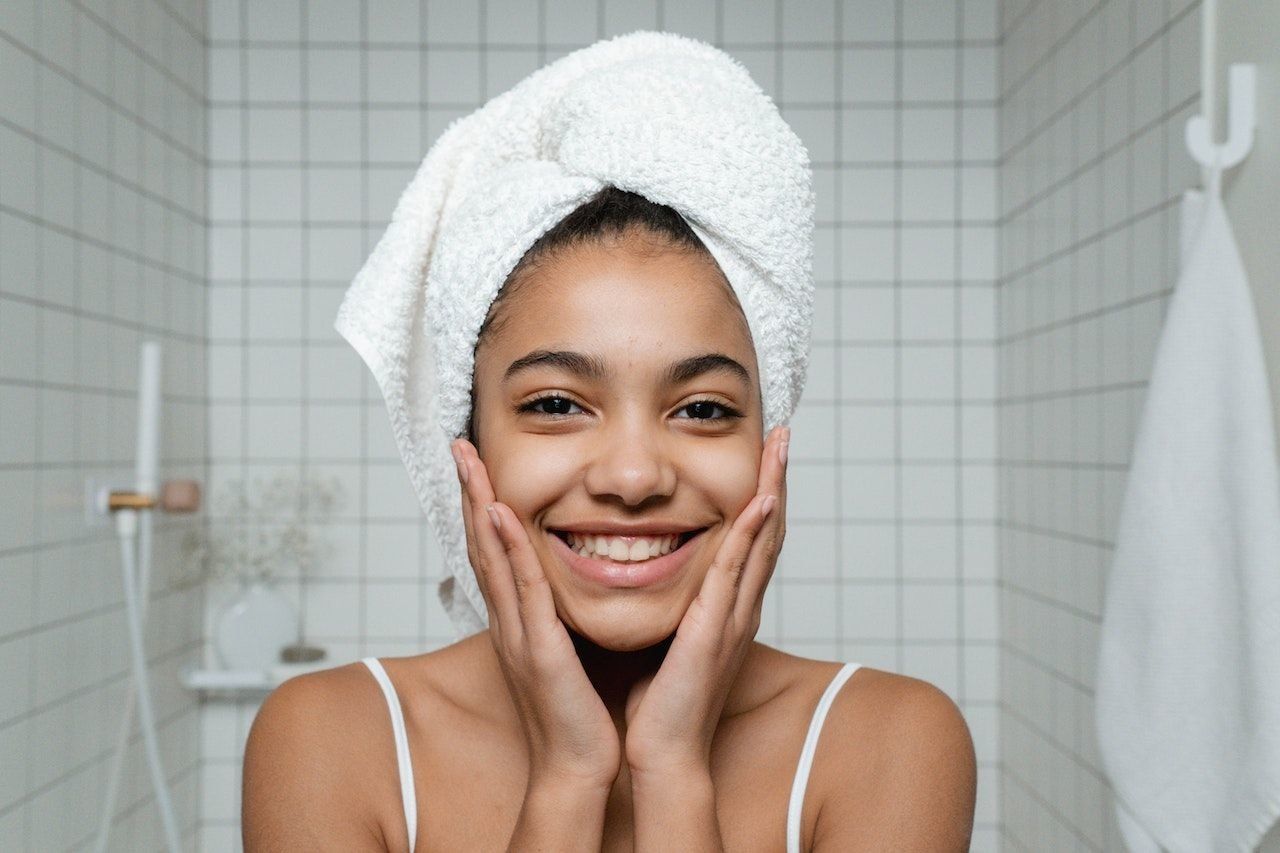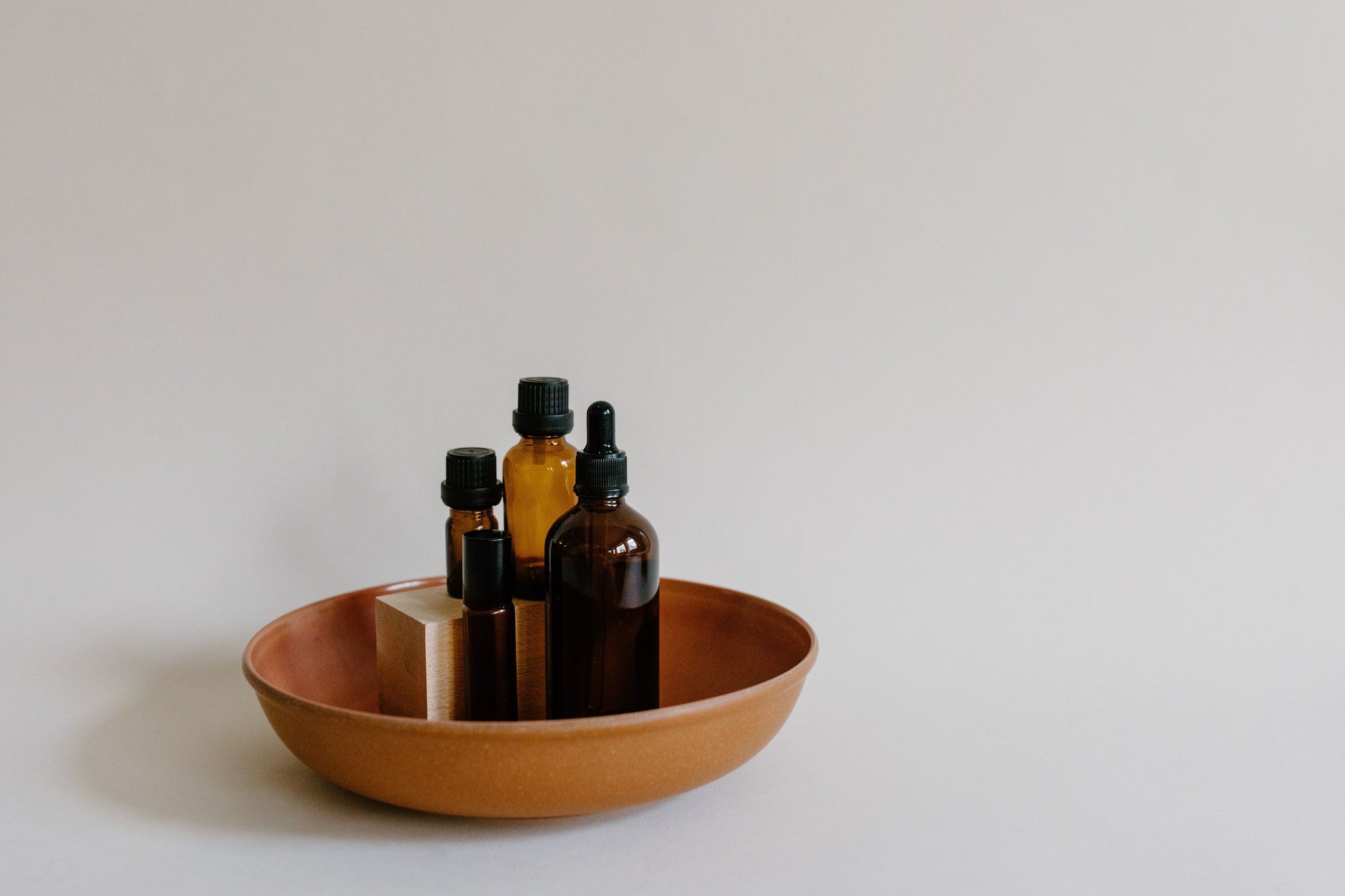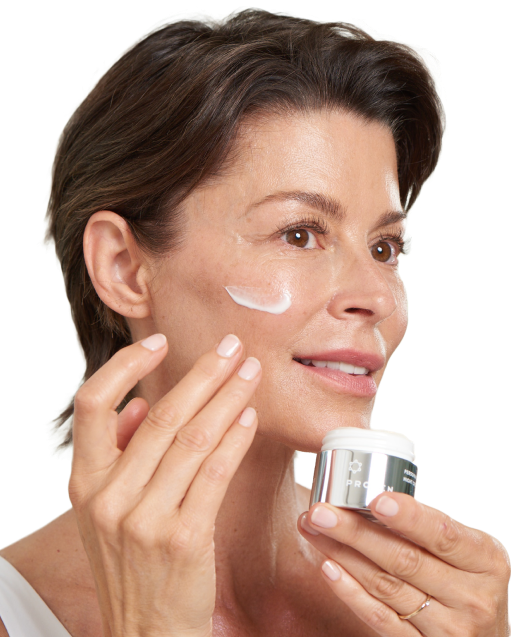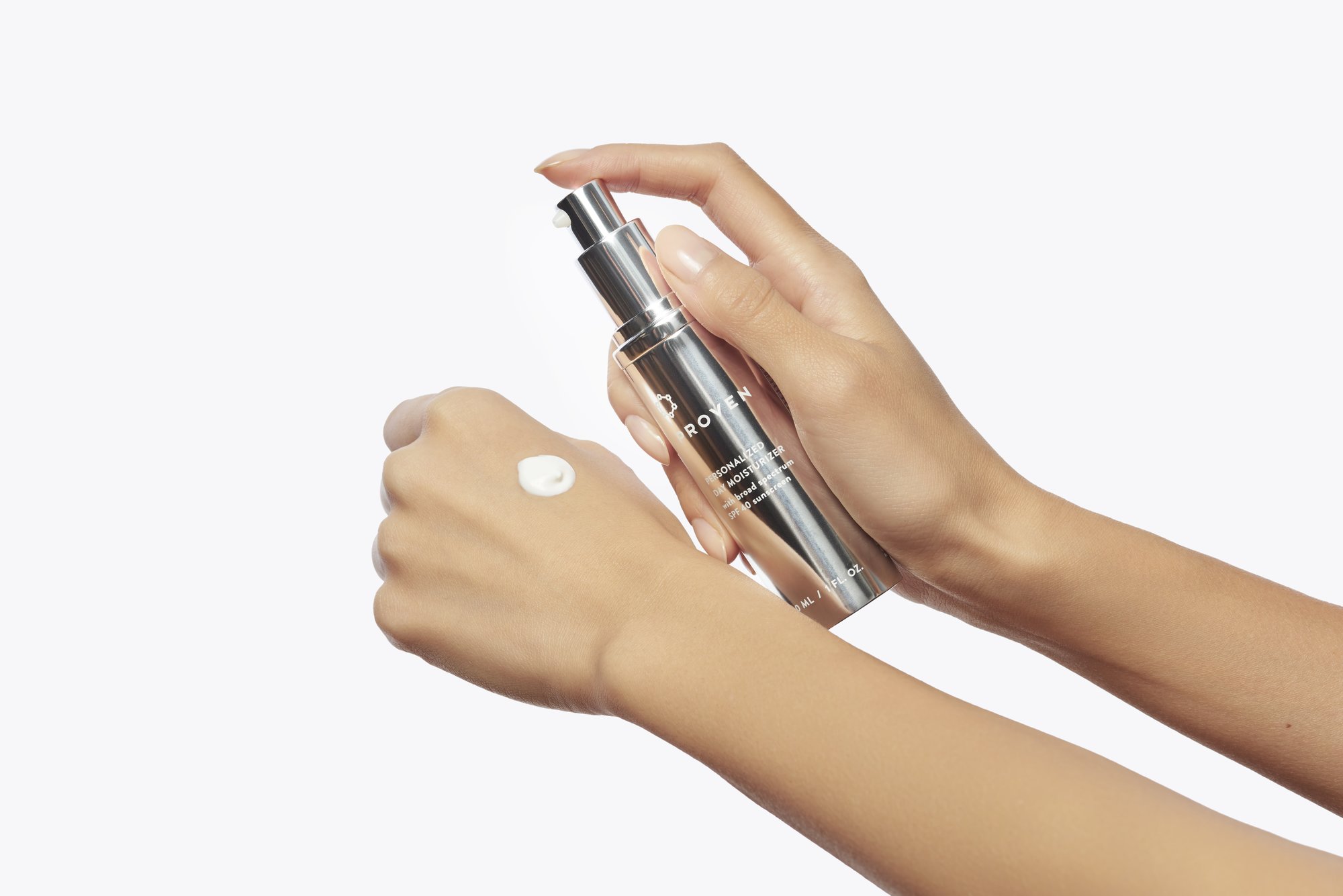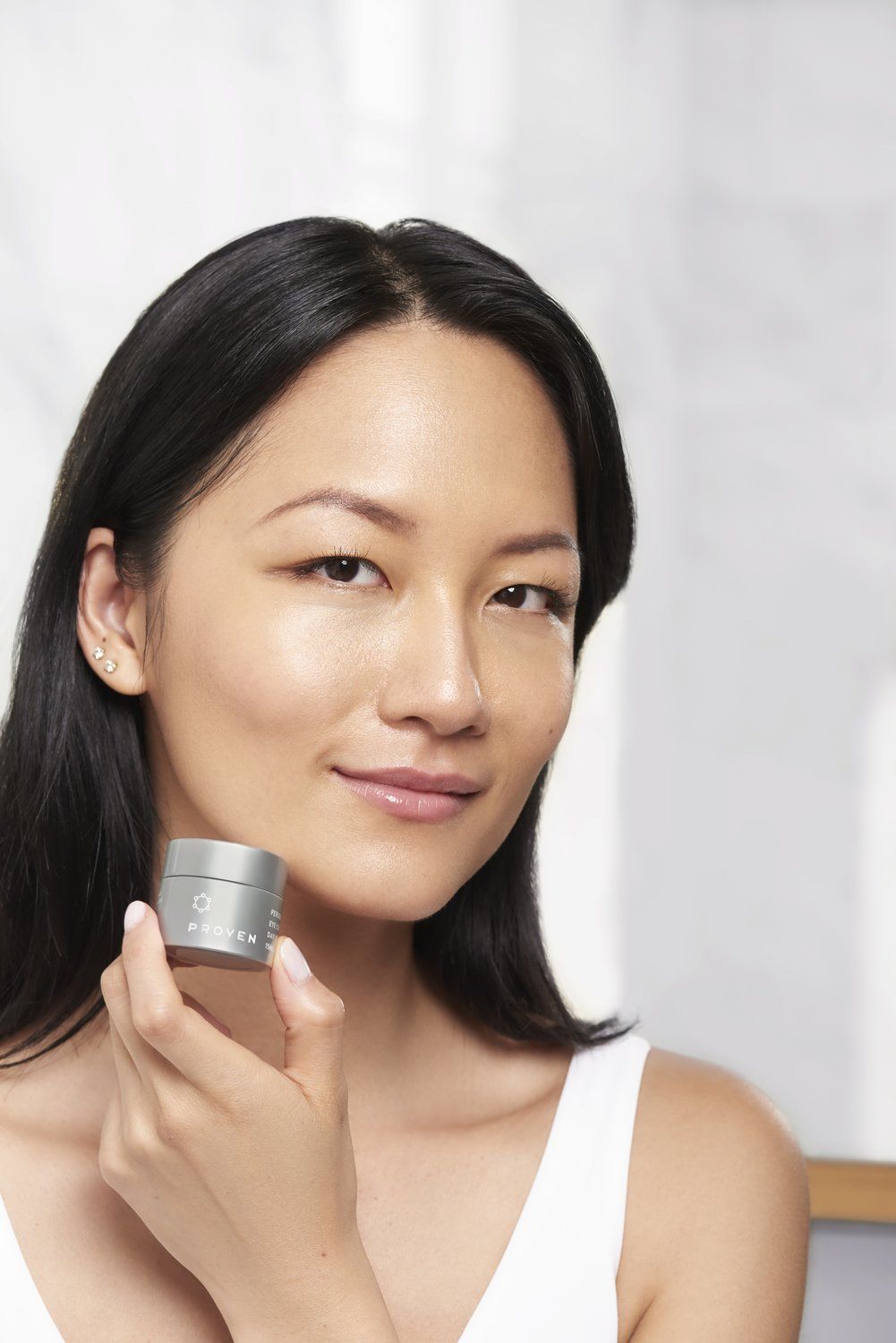
Granactive Retinoid and Retinol are two of the best ingredients for reducing wrinkles and boosting skin renewal. Retinol acts faster but often causes dryness, while Granactive Retinoid is gentler and better suited for sensitive or mature skin (ages 35–75). Both improve texture, firmness, and signs of aging, but your ideal choice depends on your skin’s sensitivity and long-term goals.
What is Granactive Retinoid?
Granactive Retinoid is a next-generation retinoid known as Hydroxypinacolone Retinoate (HPR). It binds directly to retinoid receptors in the skin, offering anti-aging serum benefits without requiring conversion like Retinol.
It delivers results similar to Retinol—but with less irritation, making it ideal for sensitive skin and aging concerns.
Common formats include:
- Granactive Retinoid 2% Emulsion
- Granactive Retinoid 5% in Squalane
What Are the Benefits of Retinol for Skin?
Retinol is a gold-standard ingredient in anti-aging skincare. It works by speeding up cell turnover and increasing collagen production.
Key Retinol Benefits:
- Reduces wrinkles and fine line
- Improves skin texture and firmness
- Minimizes pores and acne
- Brightens dull or uneven tone
These retinol cream for face benefits are most effective when used consistently over time—but they can cause peeling or dryness in some users.
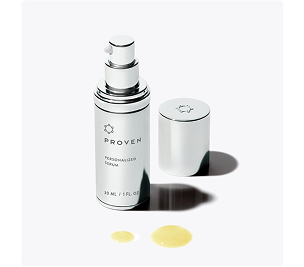
Want smoother, younger-looking skin without the irritation?
Discover your personalized anti-aging serum, custom-formulated with the right retinoid for your skin.
What’s the Difference Between Granactive Retinoid and Retinol?
The main difference is how they activate in the skin:
- Retinol must convert into retinoic acid (active form), which may cause more irritation
- Granactive Retinoid works directly, so it’s gentler and more stable
| Feature | Granactive Retinoid | Retinol |
|---|---|---|
| Activation process | No conversion needed | Converts to retinoic acid |
| Irritation level | Low | Moderate to high |
| Speed of results | Gradual, steady improvements | Faster visible changes |
| Ideal for | Sensitive, dry, or aging skin | Tolerant, oily, or younger skin |
| Popular formats | 2% Emulsion, 5% in Squalane | Serums, creams, over-the-counter treatments |
Both deliver anti-aging benefits, but Granactive Retinoid is better tolerated, especially over the long term.
Is Granactive Retinoid Better Than Retinol?
Yes—if you have sensitive or mature skin, Granactive Retinoid is generally the better option.
- It’s less likely to cause redness or peeling
- It works well with other soothing ingredients like niacinamide and hyaluronic acid
- It’s safe for daily use with less risk of irritation
Best for adults ages 35–75, or anyone building a gentle anti-aging routine.
Which Retinoid Works Best for Wrinkles and Fine Lines?
Both Retinol and Granactive Retinoid reduce wrinkles and boost collagen, but how they do it—and how your skin reacts—matters.
- Use Retinol if your skin tolerates stronger actives and you want faster results
- Choose Granactive Retinoid if you want steady, long-term improvement with less irritation
For most adults concerned with aging skin, Granactive Retinoid offers better balance and comfort.
How Do You Use Retinoids in Your Skincare Routine?
Start slowly and build up over time. Here’s the ideal night routine:
- Cleanse your face gently
- Apply a lightweight moisturizer (optional buffer)
- Use a pea-sized amount of retinoid serum
- Wait 5–10 minutes
- Apply a richer moisturizer or night cream
- Use SPF daily to protect and prevent sun sensitivity
Retinoids make your skin more sun-sensitive—never skip sunscreen!
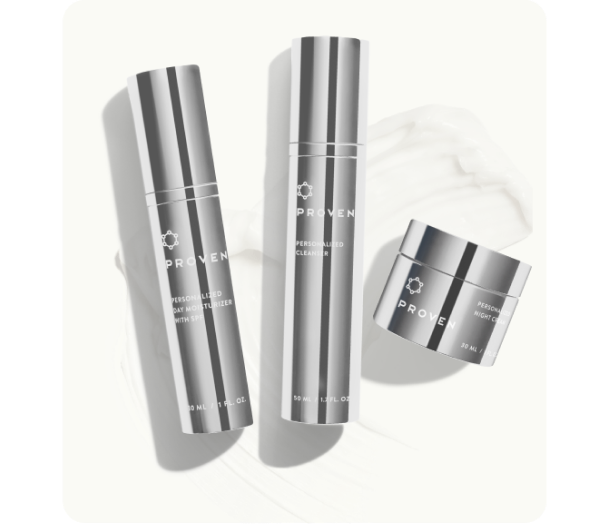
Not sure which retinoid is right for you?
Take our 3-minute skincare quiz and get a dermatologist-informed, personalized recommendation.
What Ingredients Pair Well With Retinoids?
For best results, pair retinoids with hydrating and barrier-supporting ingredients:
- Niacinamide – Reduces redness, supports skin barrier
- Hyaluronic Acid – Provides lasting hydration
- Peptides – Help build collagen and improve firmness
- Ceramides – Strengthen and protect the skin barrier
PROVEN formulas use these ingredients alongside retinoids to maximize results without irritation.

